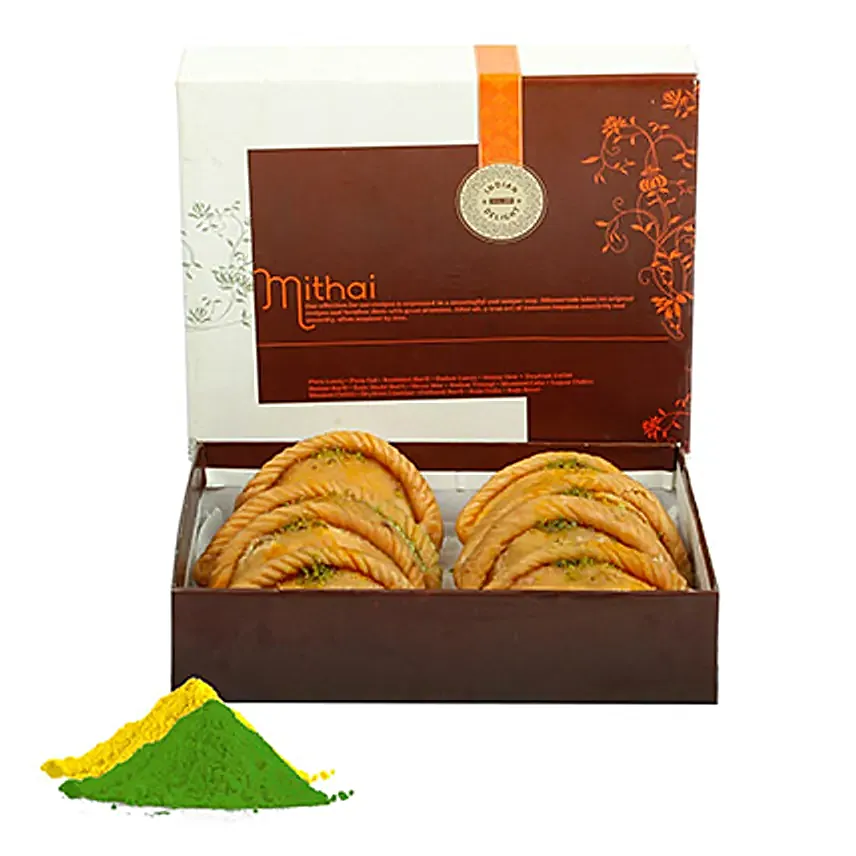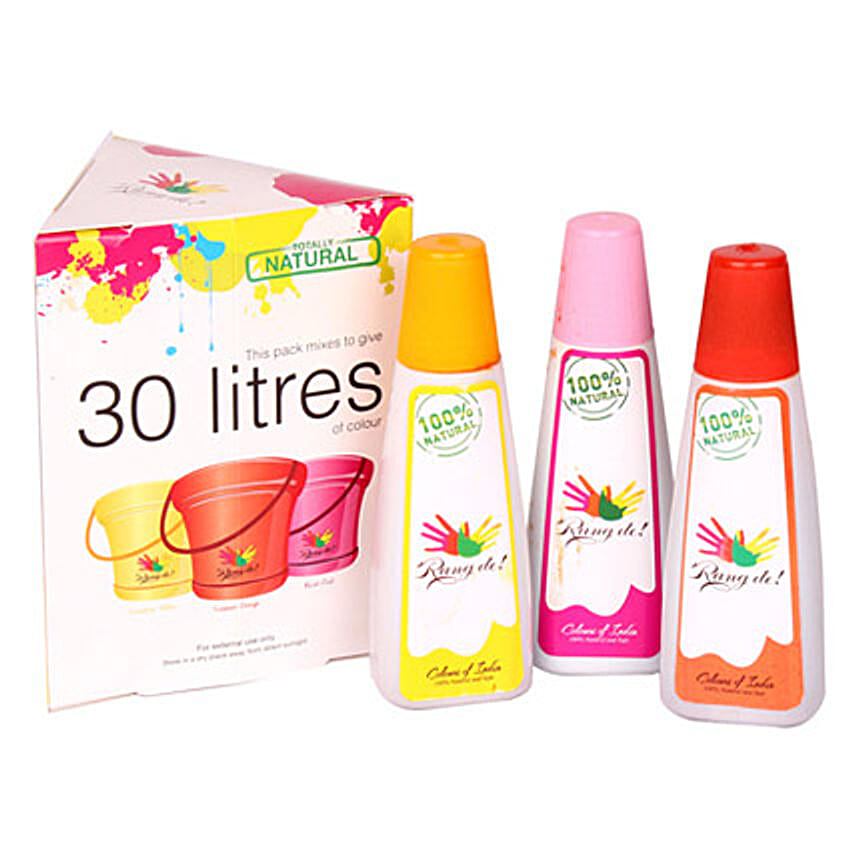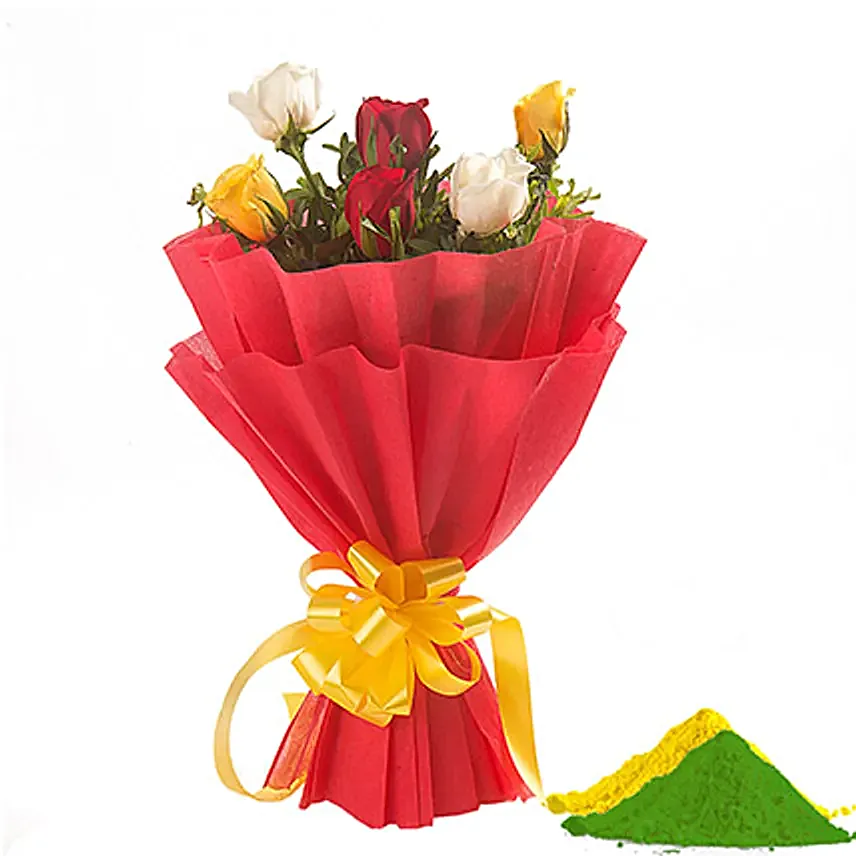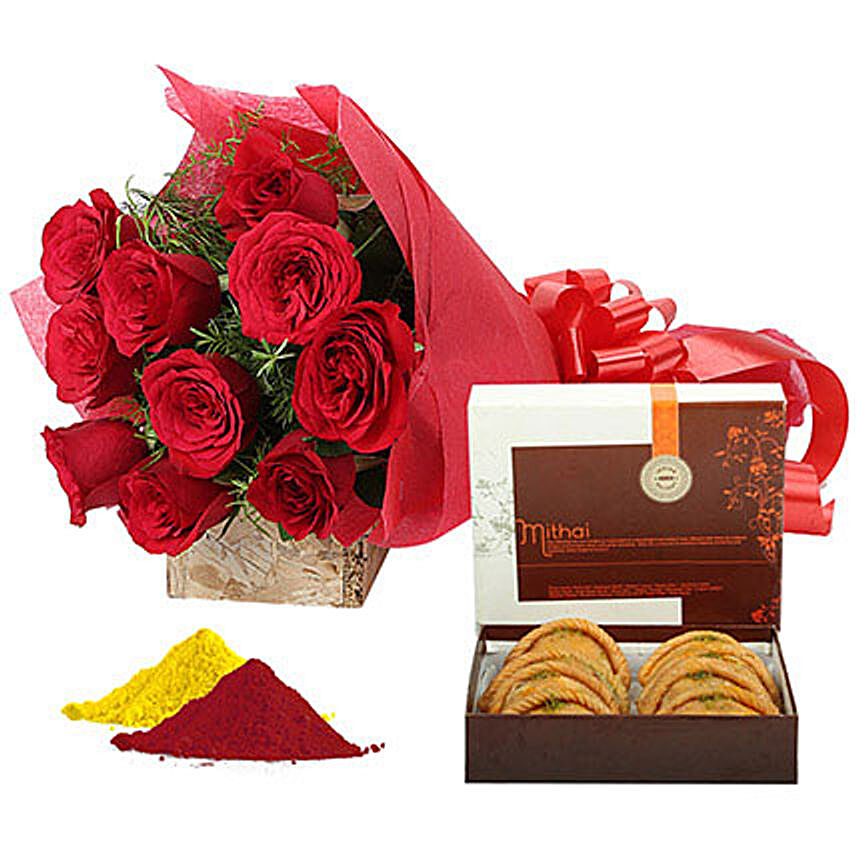Holika Dahan 2024: Know the History and Significance
- Author: Anushka Published: 01st Mar, 2023
Holika Dahan, also known as Chhoti Holi, is one of the most significant Hindu festivals celebrated in India. It falls on the full moon day of the Hindu month of Phalguna, which usually falls in February or March. Holika Dahan marks the victory of good over evil and is celebrated with great zeal and enthusiasm across the country. Among many, the most important ritual of Holika Dahan involves burning an effigy of Holika; a mythical demoness. Below is how the story unfolds.

History of Holika Dahan
The origin of Holika Dahan can be traced back to Hindu mythology. According to legend, the festival is celebrated to commemorate the victory of Lord Vishnu over the demon king Hiranyakashyap. The demon king was a ruthless tyrant who had obtained a boon from Lord Brahma that made him almost invincible. He was arrogant and believed that he was above the gods. His son Prahlad, however, was a devotee of Lord Vishnu and refused to worship his father. This enraged the demon king and he decided to kill his son.
Hiranyakashyap's sister, Holika, had a boon that made her immune to fire. She agreed to sit in a pyre with Prahlad on her lap, hoping to burn him to death. However, due to Lord Vishnu's blessings, Prahlad survived, while Holika was consumed by the fire. This event is celebrated as Holika Dahan, where people light a bonfire to symbolise the burning of Holika and the triumph of good over evil.
Significance of Holika Dahan
Holika Dahan holds immense significance in Hindu culture. The festival is celebrated to mark the end of winter and the arrival of spring. The bonfire lit on Holika Dahan is believed to purify the air and ward off evil spirits. Besides, the bonfire's ashes are considered sacred and are smeared on the forehead as a mark of protection.
The festival is also associated with the worship of Lord Vishnu and is a time for spiritual cleansing and renewal. It is a time to let go of negativity and embrace positivity. The festival is marked by the lighting of a bonfire, exchanging of sweets & Holi gifts, singing and dancing.





